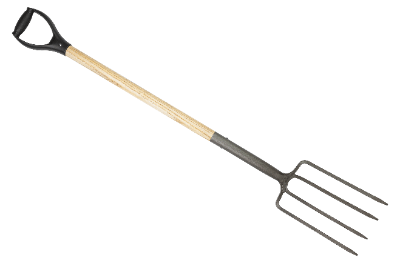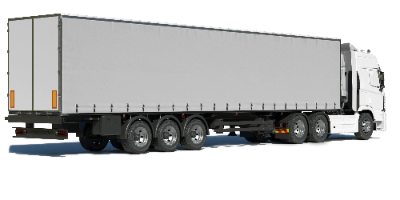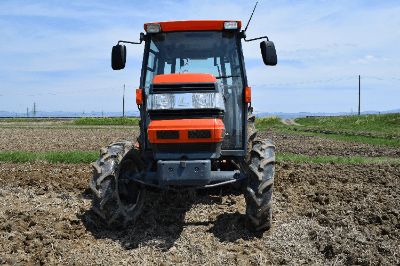What Is Butanediol?
Butanediol is a divalent alcohol whose molecular formula is C4H10O2.
In addition to the widely used 1,4-butanediol, there are four other isomers of butanediol: 1,2-butanediol, 1,3-butanediol, and 2,3-butanediol.
1,4-butanediol is classified as “acute toxicity (oral)” in the GHS classification.
Uses of Butanediol
The uses of butanediol vary with each isomer, and all isomers are widely used in industry.
Typical applications for each isomer include 1,2-butanediol as a raw material for resins and amino acids, and 1,3-butanediol as a solvent, raw material for resins, and cosmetic additive. 1,4-butanediol can be used as a raw material for resins and solvents, and 2,3-butanediol as a raw material for pharmaceuticals and cosmetics.
In particular, 1,4-butanediol is an industrially important compound, as it is a raw material for tetrahydrofuran and γ-butyrolactone, which are widely used solvents in general.
Properties of Butanediol
1,2-butanediol has a melting point of -50°C, a boiling point of 195-196.9°C, and a density of 1.0023 g/cm3. 1,3-butanediol acts as a hypoglycemic agent for organisms and is converted to beta-hydroxybutyrate, which acts as a substrate for brain metabolism.
1,4-butanediol has a melting point of 20°C, a boiling point of 230°C, and a density of 1.010 g/cm3. In the body, 1,4-butanediol is metabolized to gamma-hydroxybutyrate. 2,3-butanediol has a melting point of 7.6°C, a boiling point of about 180°C, and a density of 1.000 to 1.010 g/cm3.
Structure of Butanediol
Butanediol is n-butane with two hydroxyl groups. Its molecular formula is C4H10O2 with a molar mass of 90.12 g/mol. 1,1-butanediol, for example, is unstable and quickly dehydrates to butyraldehyde.
In 1,2-butanediol, the carbon at position 2 is the chiral center. It is optically active, and there are two mirror isomers, (R)-1,2-butanediol and (S)-1,2-butanediol. Similarly, 1,3-butanediol has mirror-image isomers. And 2,3-butanediol has three stereoisomers: (2R,3R)-(-)-2,3-butanediol, (2S,3S)-(+)-2,3-butanediol and meso-2,3-butanediol.
Other Information on Butanediol
1. 1,4-Butanediol Synthesis
1,4-butanediol is widely synthesized by hydrogenation of 1,4-butanediol obtained by the Reppe reaction of acetylene and formaldehyde.
1,4-butanediol can also be synthesized by hydrogenation after the conversion of anhydrides such as succinic acid and maleic acid to methyl esters.
2. Reaction of 1,4-Butanediol
1,4-butanediol is a raw material for plastics and fibers such as polybutylene terephthalate. 1,4-butanediol reacts with terephthalic acid to produce polybutylene terephthalate.
As an engineering plastic, polybutylene terephthalate has excellent thermal stability, electrical properties, and dimensional accuracy, and is widely used in automotive and electrical and electronic components.



